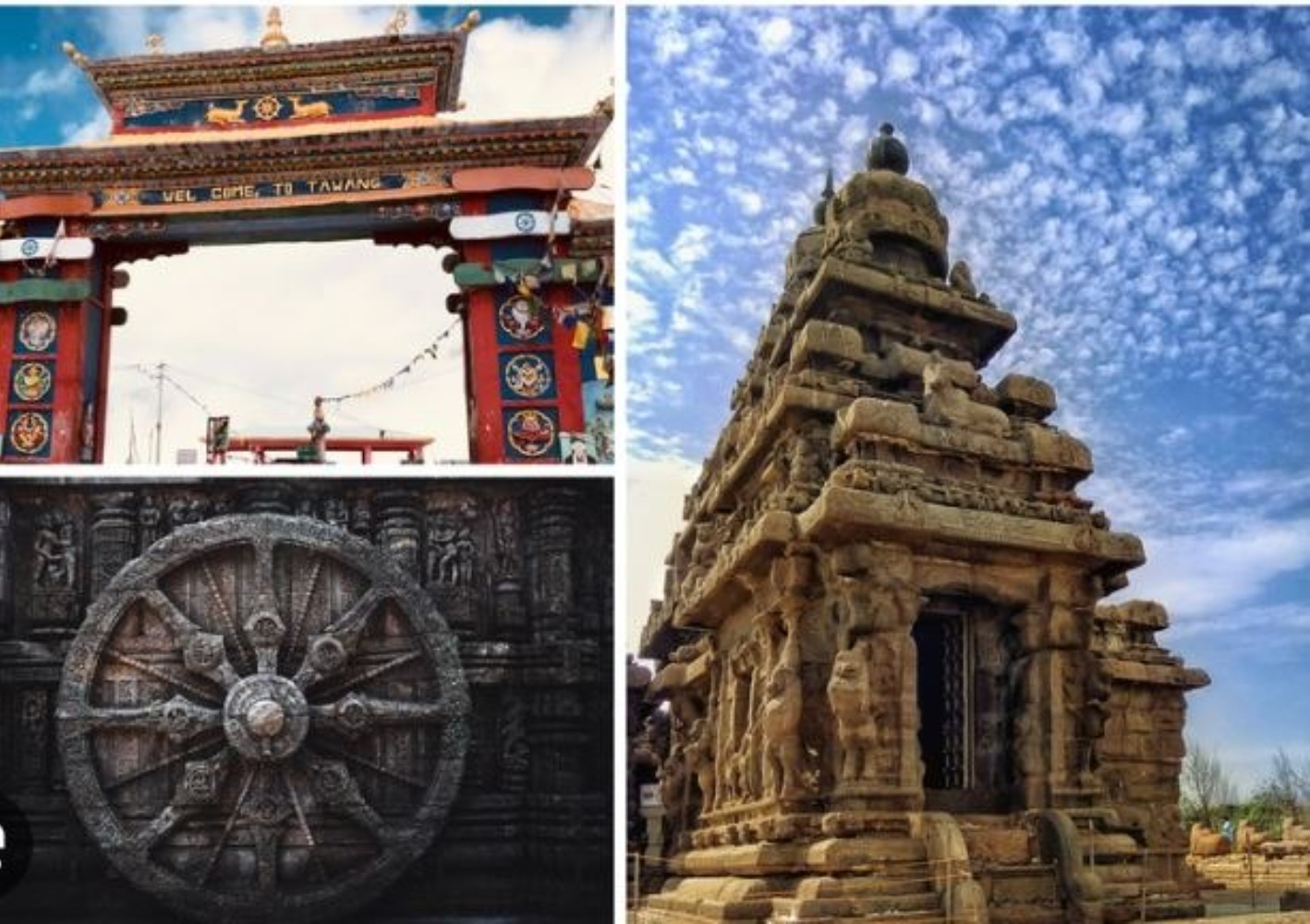All these incredible phenomenon has bequeathed it a wonderful and marvelous legacy that is conspicuous through its wonderful monuments.
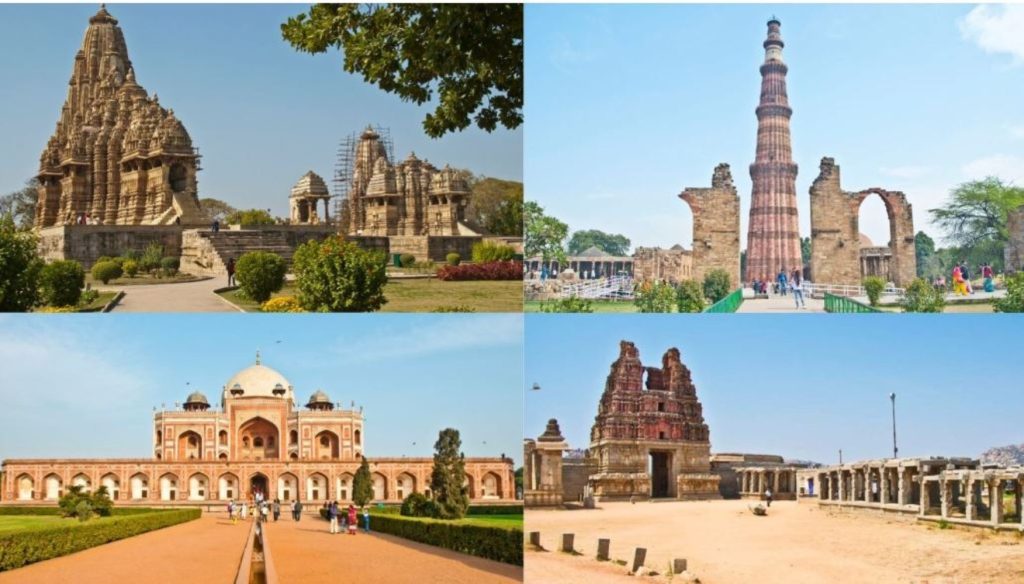
Pic: Social Media
India, a land of rich cultural heritage and diverse traditions, boasts an array of architectural marvels that reflect its glorious past and artistic brilliance. From ancient temples to modern wonders, the country is a treasure trove of stunning structures that captivate the hearts of visitors. To subscribe please click tau.id/2iy6f and access our live channel.
DON’T MISS: World’s Largest Official Building
India through its long, prosperous and astonishing history has witnessed rise and fall of great kingdoms, played cradle to great personages that changed the course of its destiny many times and seen knitting of great legends that has time and again, altered the character of its face.
If one were to decide upon choosing one of the most amazing countries, full of most astonishing events, dramas, stories, histories, happenings since most ancient of times, there is little doubt that India would be the numero-uno choice for most of the people.
Here’s a glimpse into 11 must-visit architectural wonders in India that showcase the country’s architectural prowess and spiritual significance.
- CAVES ARCHITECTURE: As old as 200 BCE, the caves are located in Aurangabad district of Maharashtra, that run for a mind numbing length of 29 rock cut caves, all of which have both female and male representation. Having immense scientific calculations of the Sun lighting up few caves during winters and the rest in winters in a precision that has persisted over the years!
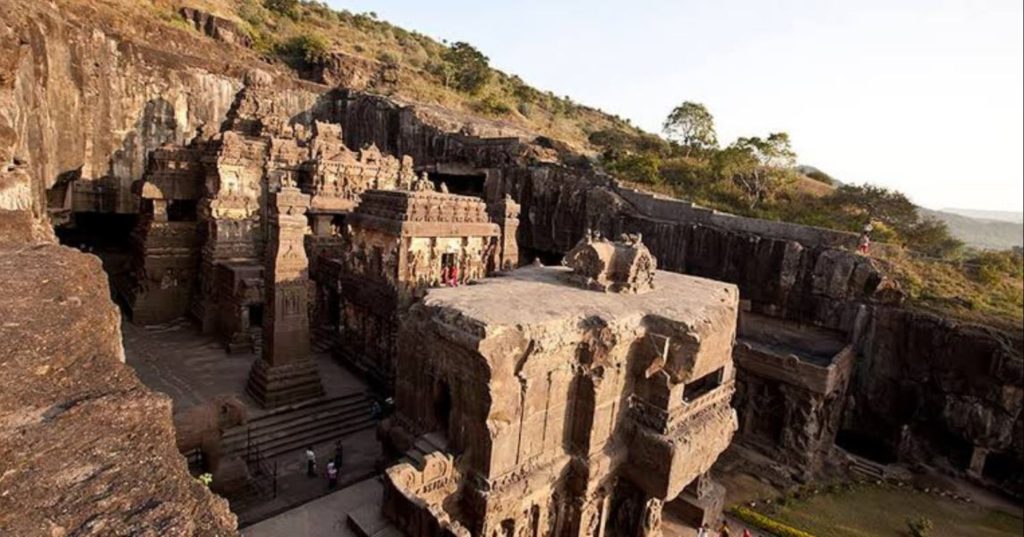
Pic: Social Media
2. STEP WELL ARCHITECTURE: One of its kind this step-well RANI KI VAV in Gujarat, is also an inverted temple built in honour of water deity. This step-well has 7 levels, 500 statues and art pieces. Similarly, UGRASEN or AGRASEN KI BAOLI in Delhi is also a step-well temple. However, there is no historical record of who built this step-well. It was originally built by Ugrasen or Agrasen. Furthermore, The stepwell has 108 steps and 3 levels to it.

Pic: Social Media
3. CHAMPANER-PAVAGADH PARK: Contrary to the other monuments, Champaner- Pavagadh Archaeological Park, has been inhabited since the Copper Age, as it remained cut off from the rest of the world until 400 A.D. The park actually comprises of no less than 16 heritage structures than include a major mosque, a hallowed hill temple of Goddess Kali, a helical step-well, many other mosques, a city gate, a kabutarkhana and many others.
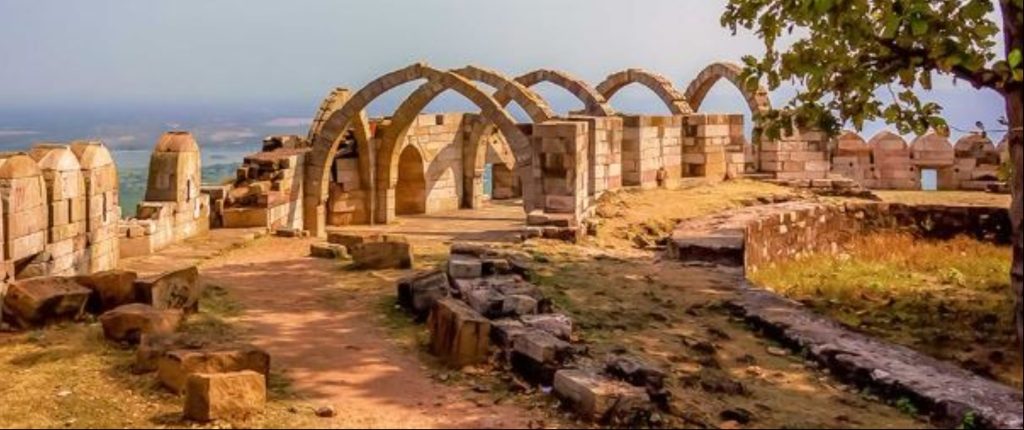
Pic: Social Media
4. HILL FORTS ARCHITECTURE: Located on the banks of Berach and Gambhiri River, CHITTORGARH FORT is the Largest fort in Asia having 7 pols( gates), 2 towers and 65 structures. Coupled with, the Fort’s 22 water bodies that still exists today. The fort also has 19 temples, 4 memorials and victory towers surviving today.

Pic: Social Media
The oldest fort in India, GOLDEN FORT/SONAR QUILA in Jaisalmer, has 4 humongous gates, 7 Jain temples, Laxminath Temple, Raj Mahal Palace, and many merchants Havelis. The fort is also known for its defence architecture as walls protecting the inner territory of the fort create a triple ring-like circular border around the fort.
This citadel was built by the Kakatiyas, and was subsequently rebuilt too. GOLKINDA FORT in Hyderabad was the capital of the Qutb Shahi dynasty till 1590. A fact that makes it all the more fascinating is that it once housed the famous Hope diamonds as well as Koh-i-Noor. It is believed that a number of famous diamonds were excavated from the mines here.
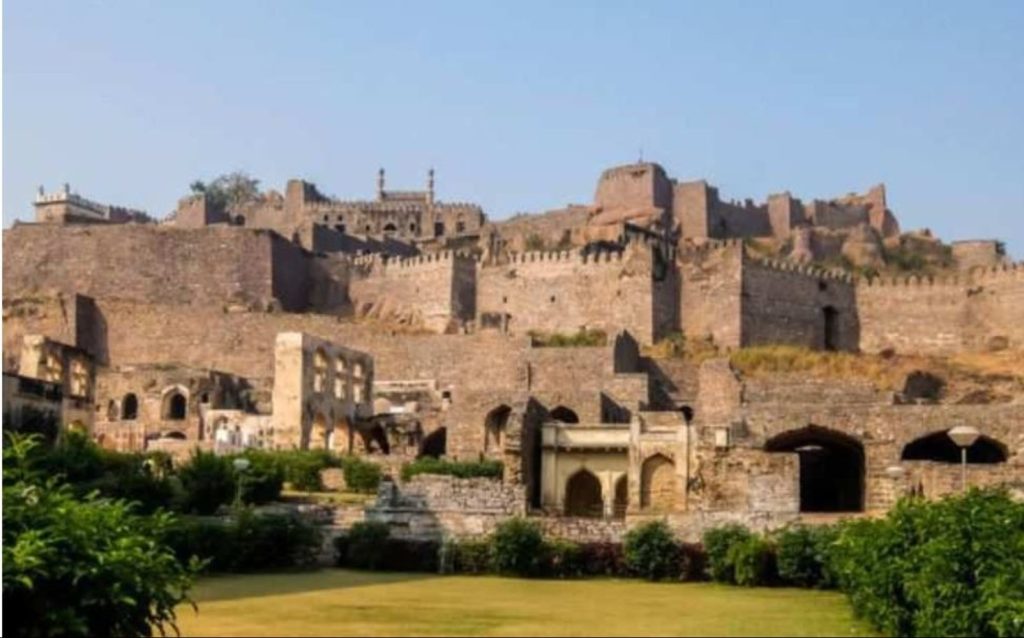
Pic: Social Media
5. STUPA ARCHITECTURE: A simple dome-like structure using bricks and stones was erected to built SANCHI STUPA in Madhya Pradesh where the story of lord Buddha’s journey has been narrated through Brahmi Inscriptions. Similarly, Pilgrimage to Buddhist Followers across the world today, visit this religious site where Gautam Buddha gained enlightenment under the Bodhi Tree. Emperor Ashoka constructed this holy site where THE MAHABODHI TEMPLE comprises of Diamond throne.

Pic: Social Media
6. CONTEMPORARY STYLE ARCHITECTURE: The flower-like place of worship has been recognised and awarded for its unique architecture ever since its formation. LOTUS TEMPLE in Delhi, is also an example of Expressionist architecture with freestanding petals making it a revolutionarily bold move in the world of architecture.
Another marvel adding up to the list is JWAHAR KALA KENDRA in Jaipur built in 1992 that takes inspiration from Indian Roots and a predominant concept of ‘Vastu Vidya’. Conceptualised according to the then Maharaja Jai Singh the nine squares represent nine planets of the solar system as per Hindu Beliefs.
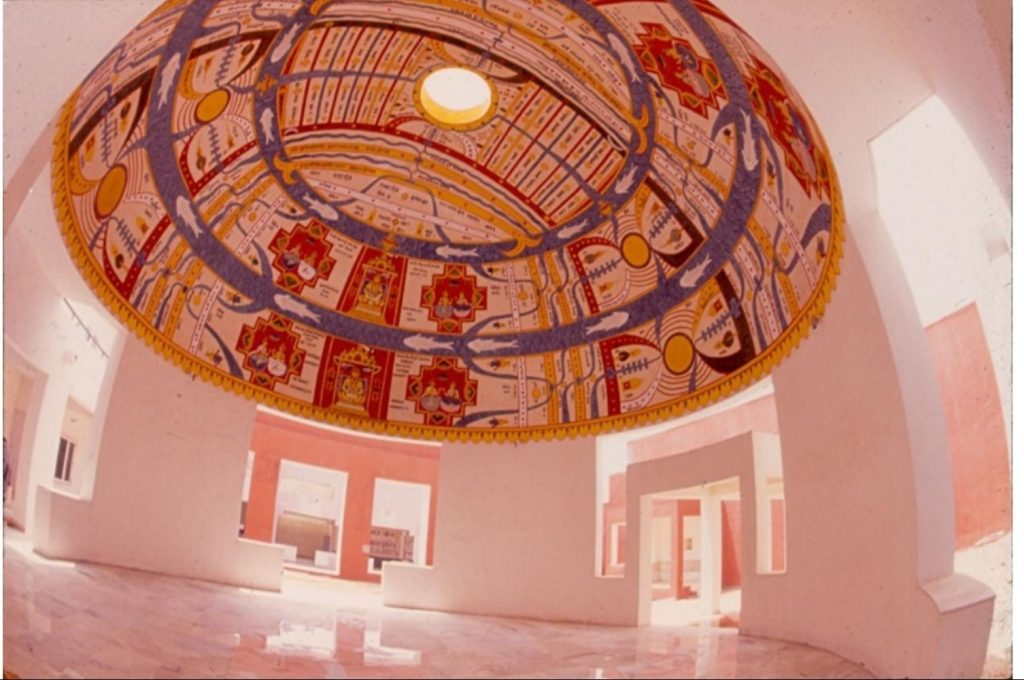
Pic: Social Media
7. MONASTERY ARCHITECTURE: Perched at the stunning height of 10,000 feet above the sea level and located on the top of a hill, the TAWANG MONASTERY in Arunachal Pradesh is the second largest monastery in the world. Founded by Merak Lama Lodre Gyatso around 1680-81, the entrance hall has a colorful gate, followed by beautiful murals of different saints and holy men painted on it. Apart from the other massive gates that flank the entrance, the main building is like a large mansion and rises up to three floors and contain the various residential houses of monks, Lamas and students.
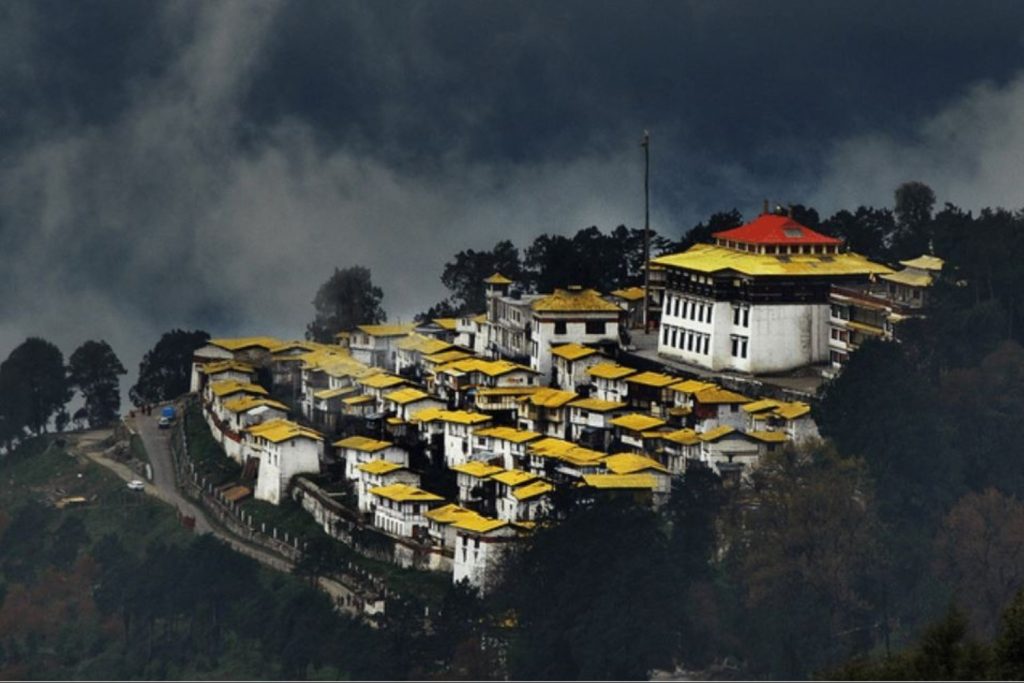
Pic: Social Media
8. PALACE ARCHITECTURE: Easily one of the most beautiful palaces in India, Amba Vilas Palace or the MYSORE PALACE is a work of art, an architectural marvel where the best of Dravidian, Oriental, Indo-Saracenic and Roman styles of architecture can be witnessed. Royal residence of the Wadiyar dynasty the structure was rebuilt between 1897 and 1912 after the Old Palace was gutted in a fire.
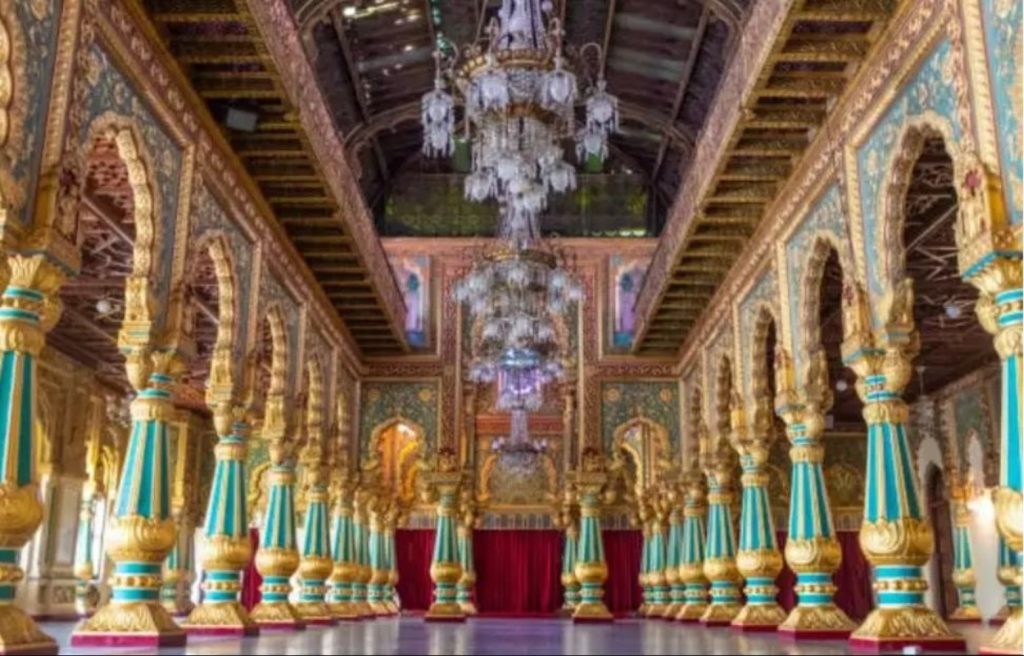
One of the most recognised palaces in India, UJJAYANTA PALACE in Agartala truly fits to be a king’s abode. The great poet Rabindranath Tagore gave the palace its name and for the longest time, this palace has been the seat of many rulers.

Pic: Social Media
9. SHELTER ARCHITECTURE: A stunning 243 shelters have been identified in the BHIMBHETKA SHELTER group and a further 178 in the Lakha Juar Group, stretching the length of the shelters to more than 10 km! A stunning allusion to what we now know to be the Mesolithic era, the middle stone age and the copper age can still be clearly seen. The landscape and the fauna surrounding the rock shelters is called Ratapani wildlife sanctuary in which the evidence of the trees and animals depicted in the paintings inside the shelter can still be found.
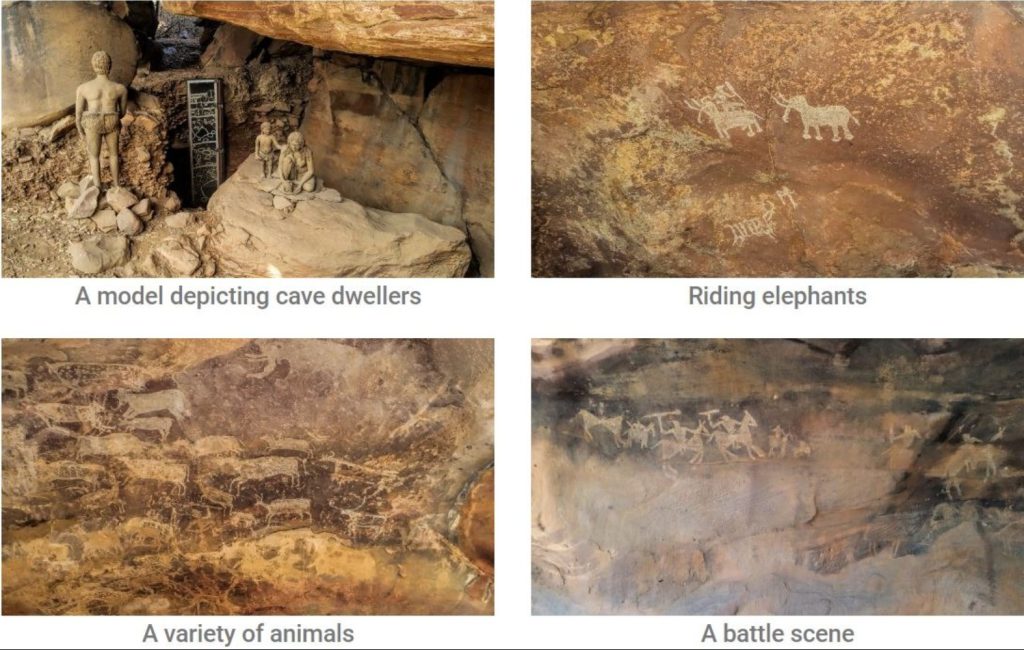
Pic: Social Media
10. TEMPLE ARCHITECTURE: Dedicated to Hindu deities Parvati and Shiva, MEENAKSHI AMMAN TEMPLE in Madurai finds mention in ancient texts, some dating back to as far as 6 CE. It is famed for its 14 gopurams, the tallest of which is 170 ft. It also has massive gathering halls, with the larger one being a 1000-pillared mandapam!
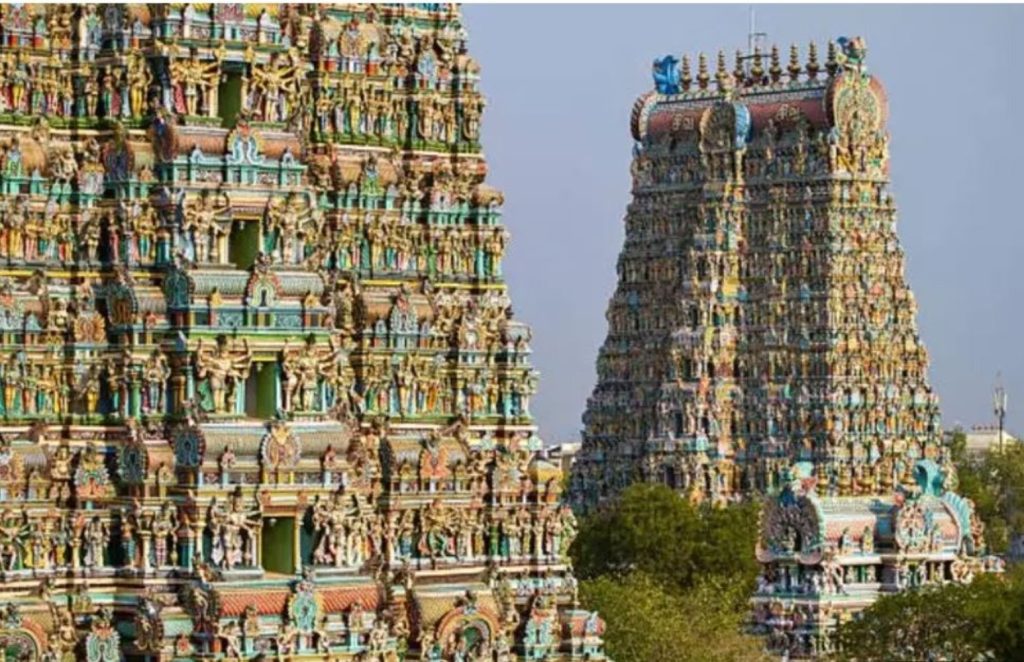
Pic: Social Media
Built between 700–728 AD SHORE TEMPLE in Mahabalipuram it is more than one single structure, it’s a group of many temples and shrines and is one of the oldest structural stones temples in the region. VEERBHADRA TEMPLE in Andhra Pradesh is very famous for its fresco paintings, which depict scenes from many scriptures including the puranas, Ramayana and Mahabharata and dates back to the 16th century.
11. CITY ARCHITECTURE: Spread in the expanse of 26 sq. km., the HAMPI in Karnataka is surrounded by Tungabhadra River on one side and Granite rocky terrain on rest of the other three sides. It was an important city and the capital of the wealthy and prosperous Vijayanagara Empire in the 14th century. While most of the temples are constructed in the Tamil country style, the palaces are designed in beautiful and elegant blend of Indian and Islamic styles of architecture, known as the Indo-Saracenic style.
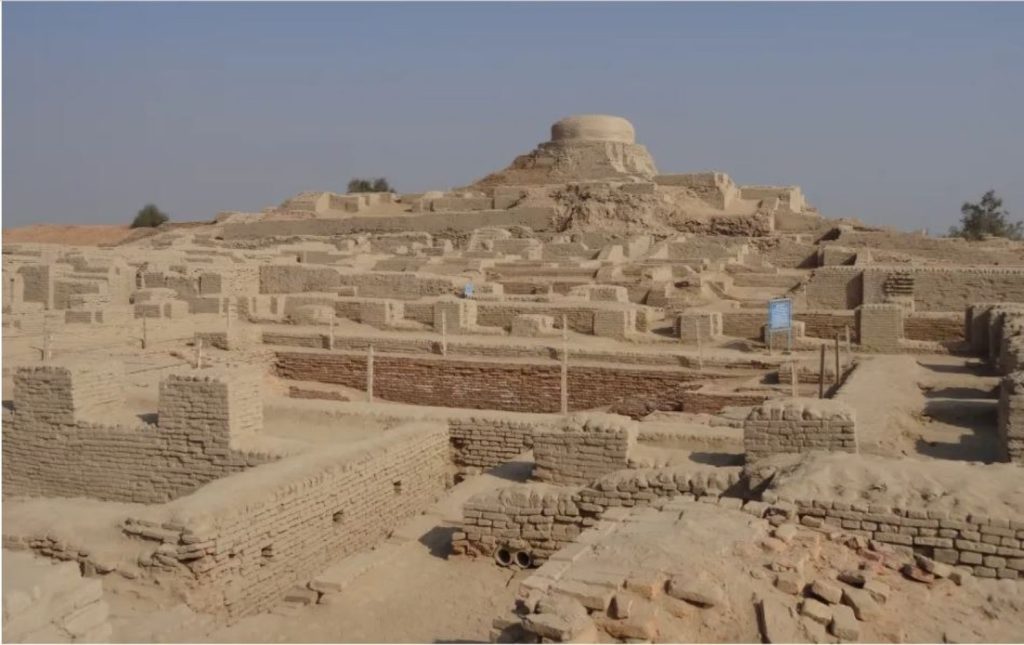
Archeologists have uncovered more than a 1000 sites of the Indus Valley people, and the most famous ones are the cities of MOHENJO-DARO in Northwest India comprising Punjab, Gujarat, Rajasthan and northern Uttar Pradesh. In total, the area of civilization accounted for approximately 1.3 million square kilometres. Around 3000 BC, the sites of Indus Valley Civilization emerged on the banks of the river Indus & they flourished between 2600 BC to 1900 BC. It belonged to the bronze age and proved to be far more advanced in bronze-using culture.
Each structure narrates a unique story, making a visit to these sites not only a visual treat but also a journey through the tapestry of India’s past and present. These 11 architectural marvels showcase India’s rich history, cultural diversity, and artistic brilliance.

